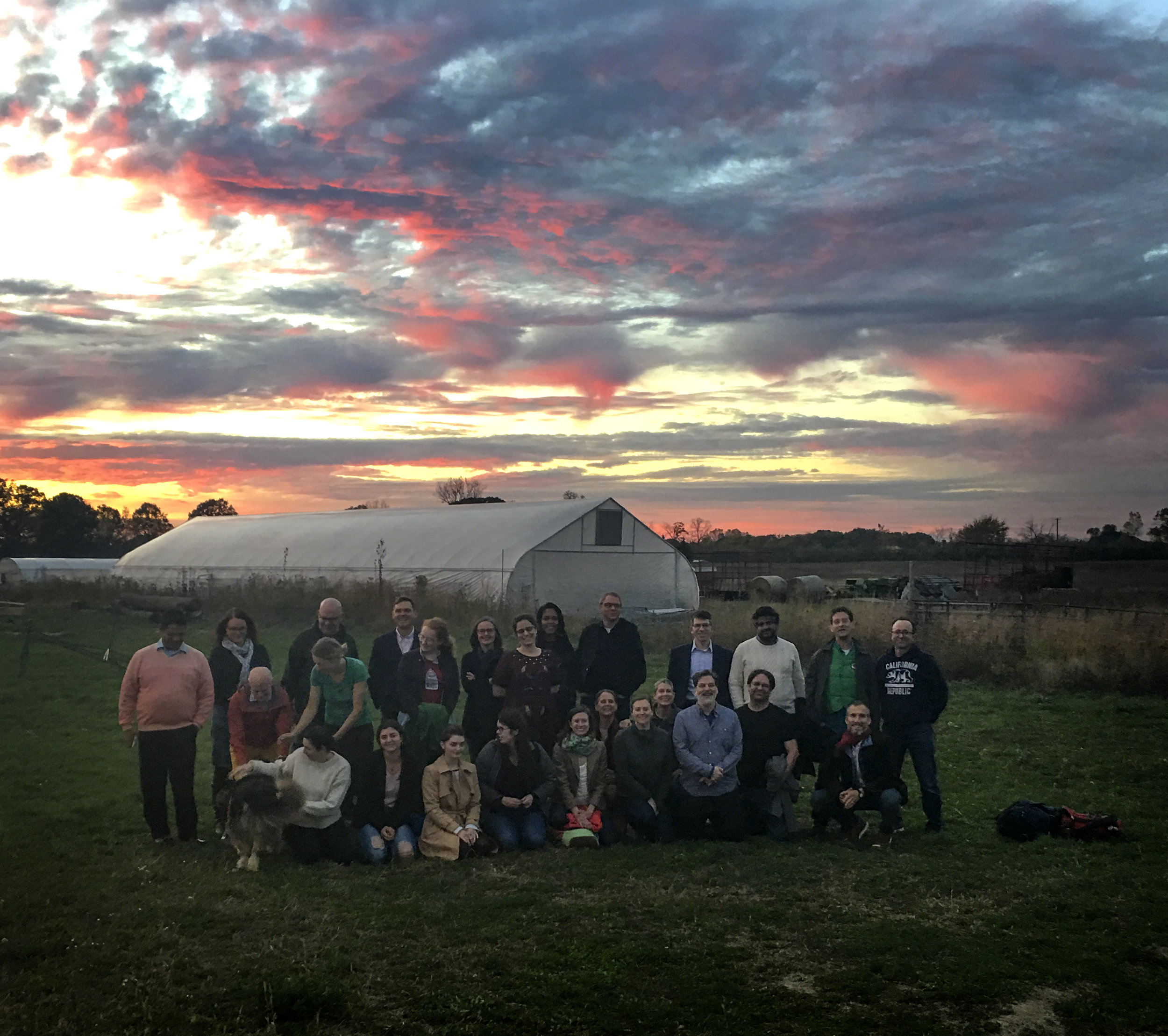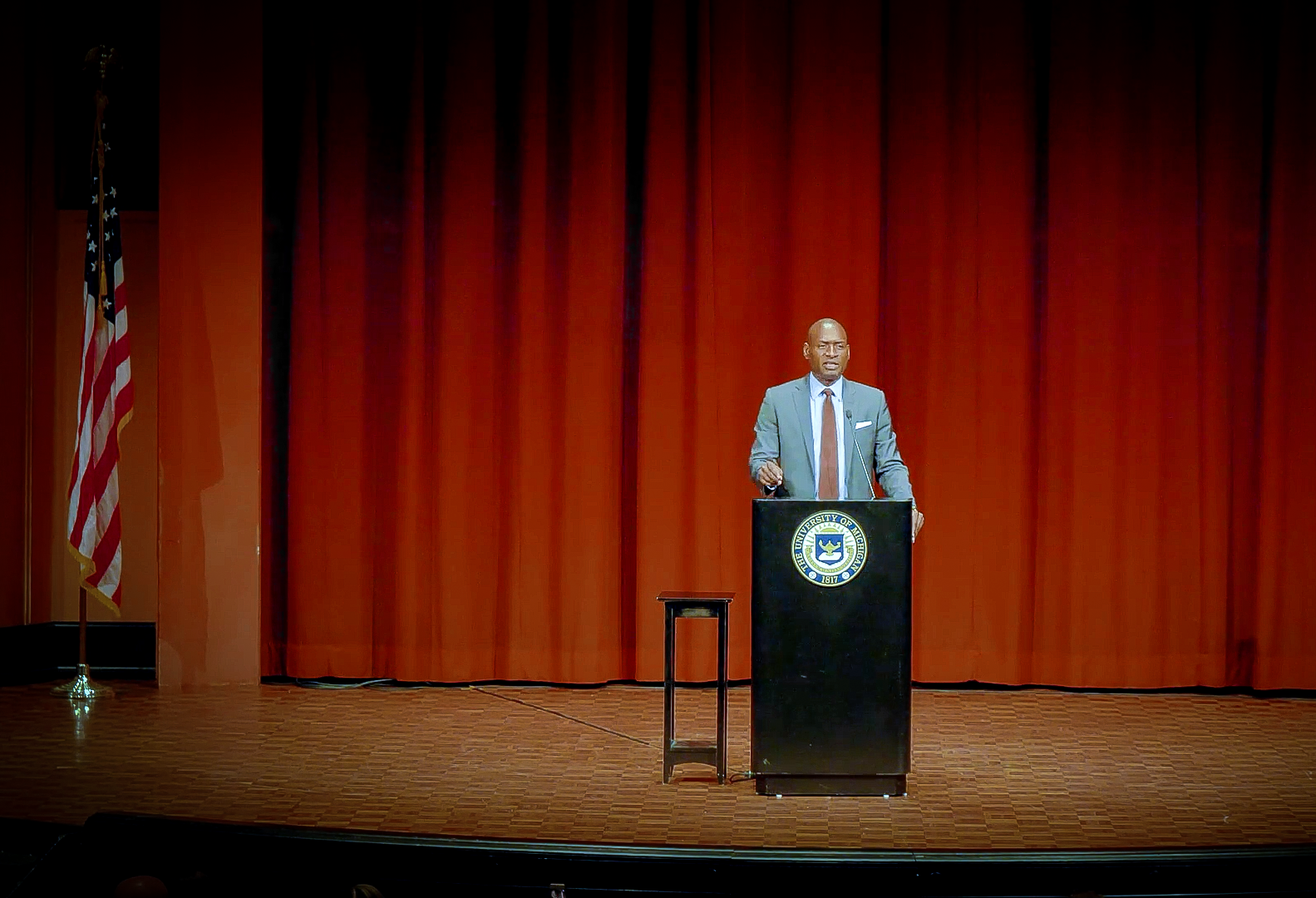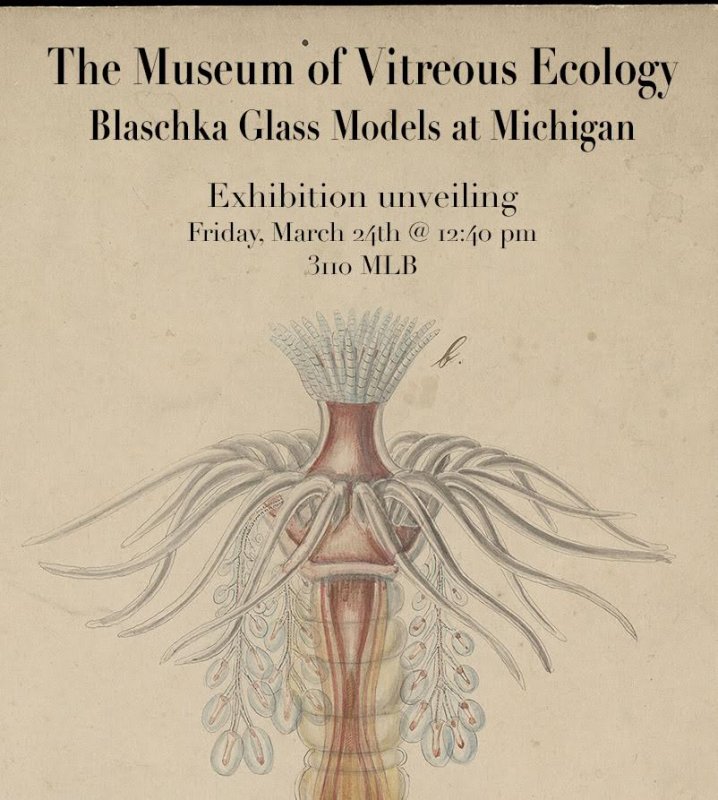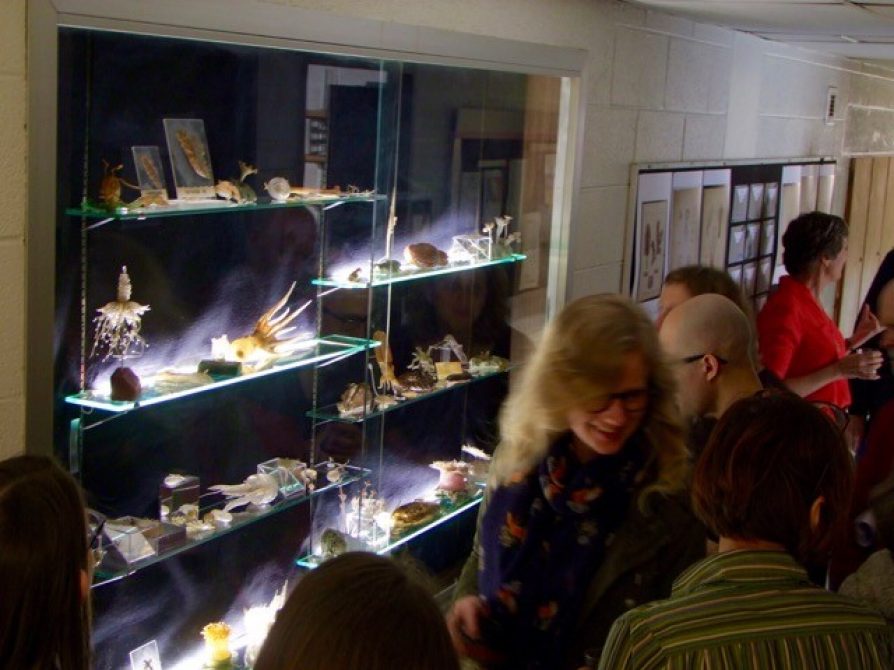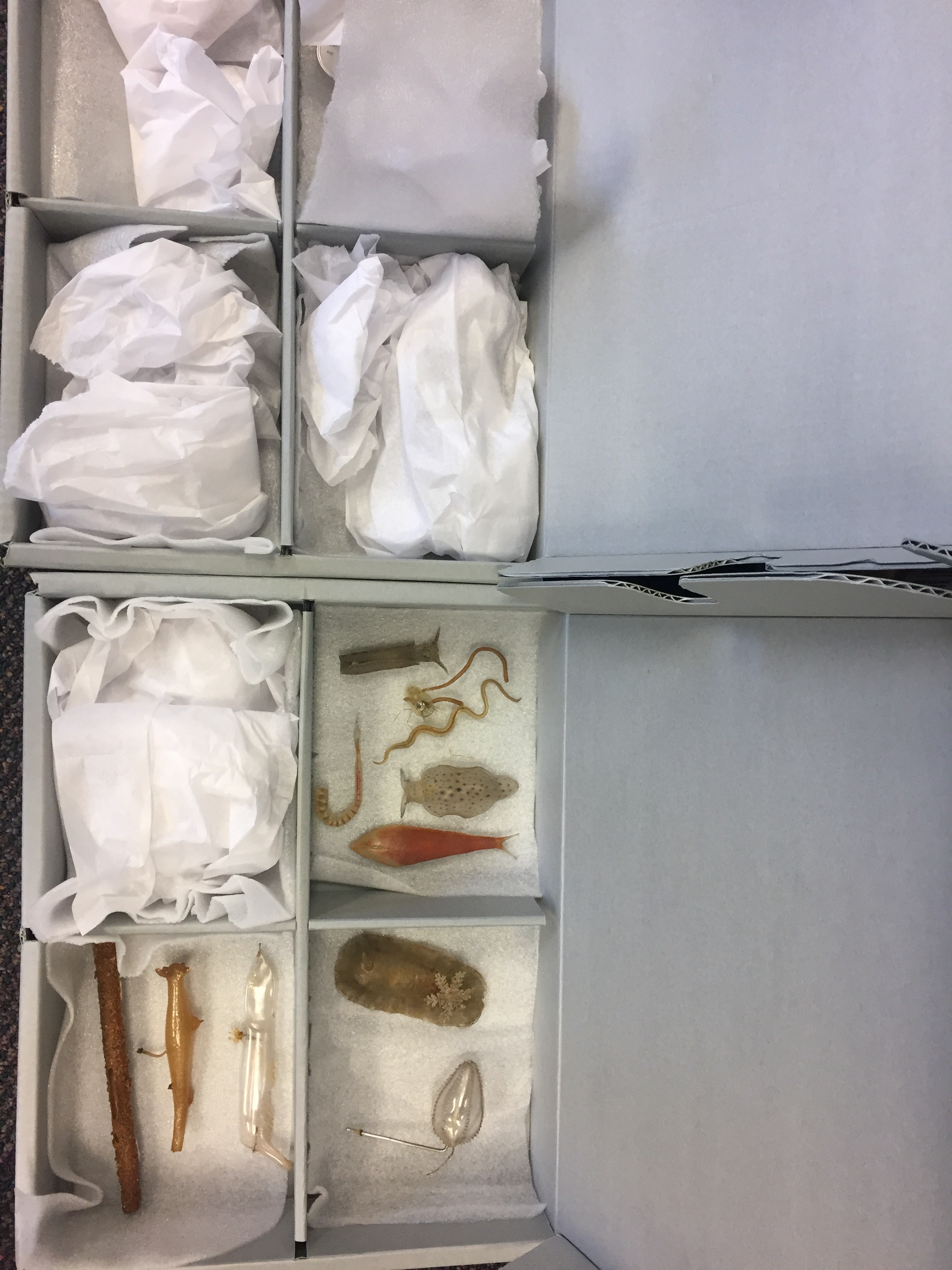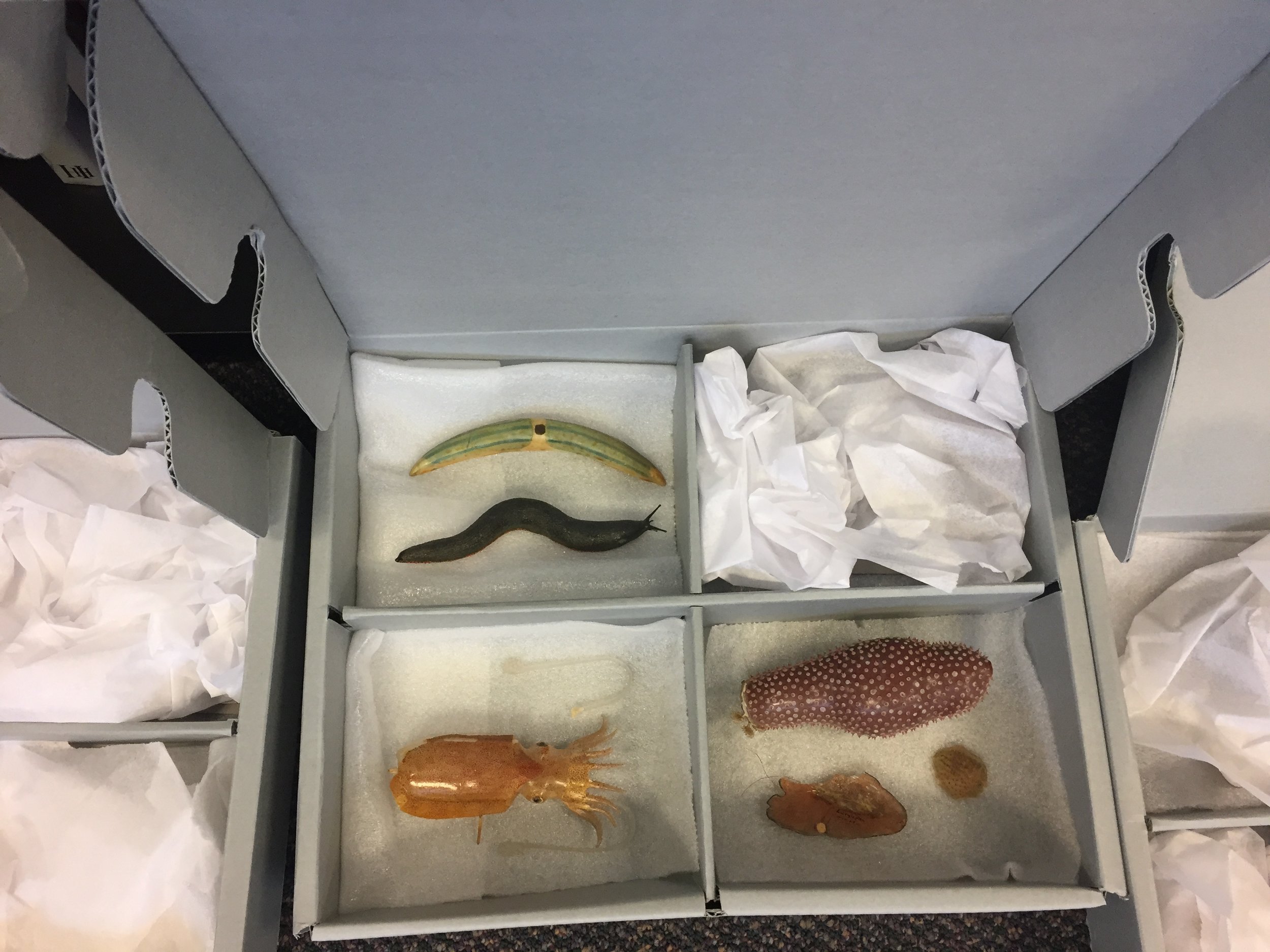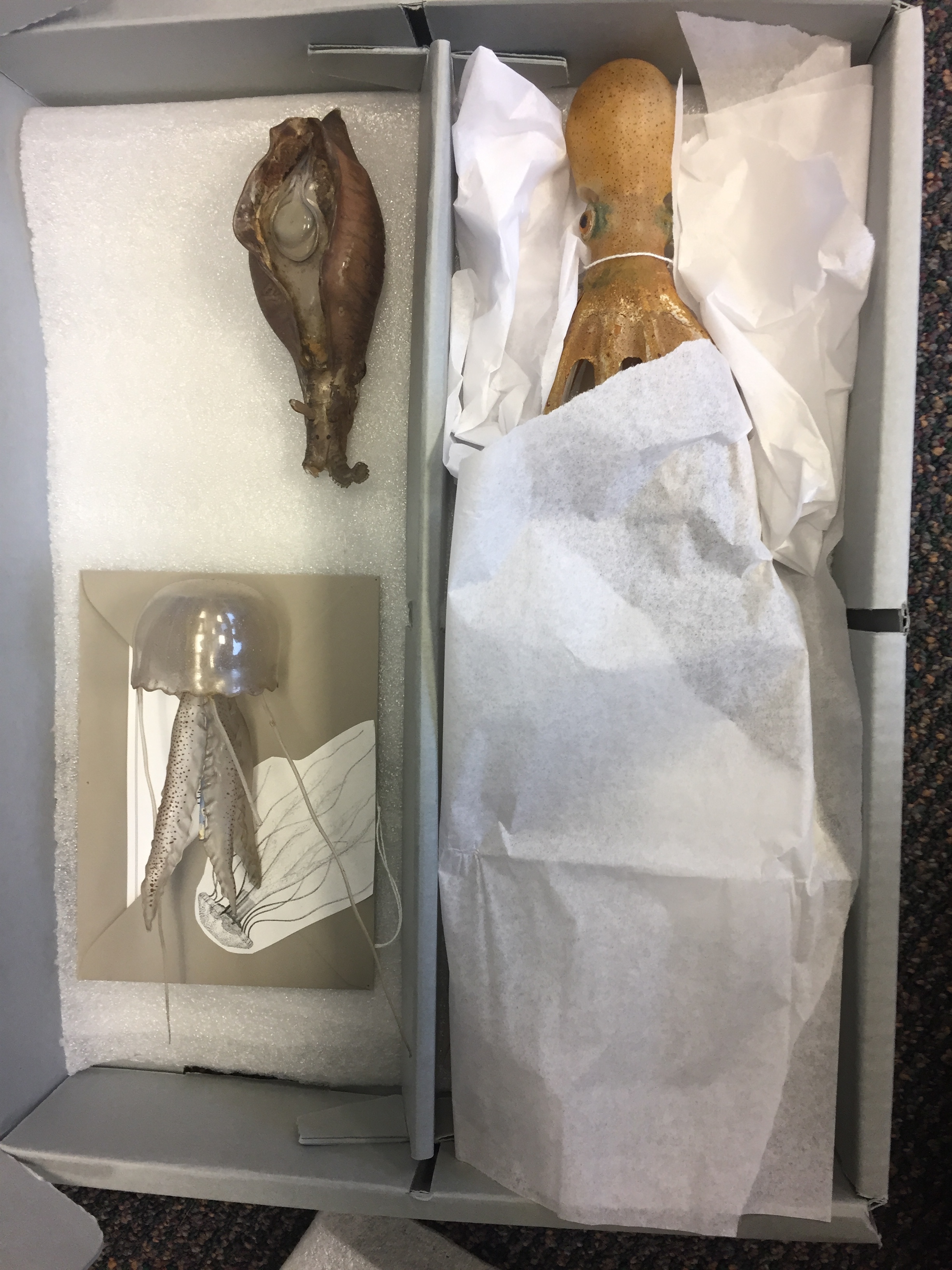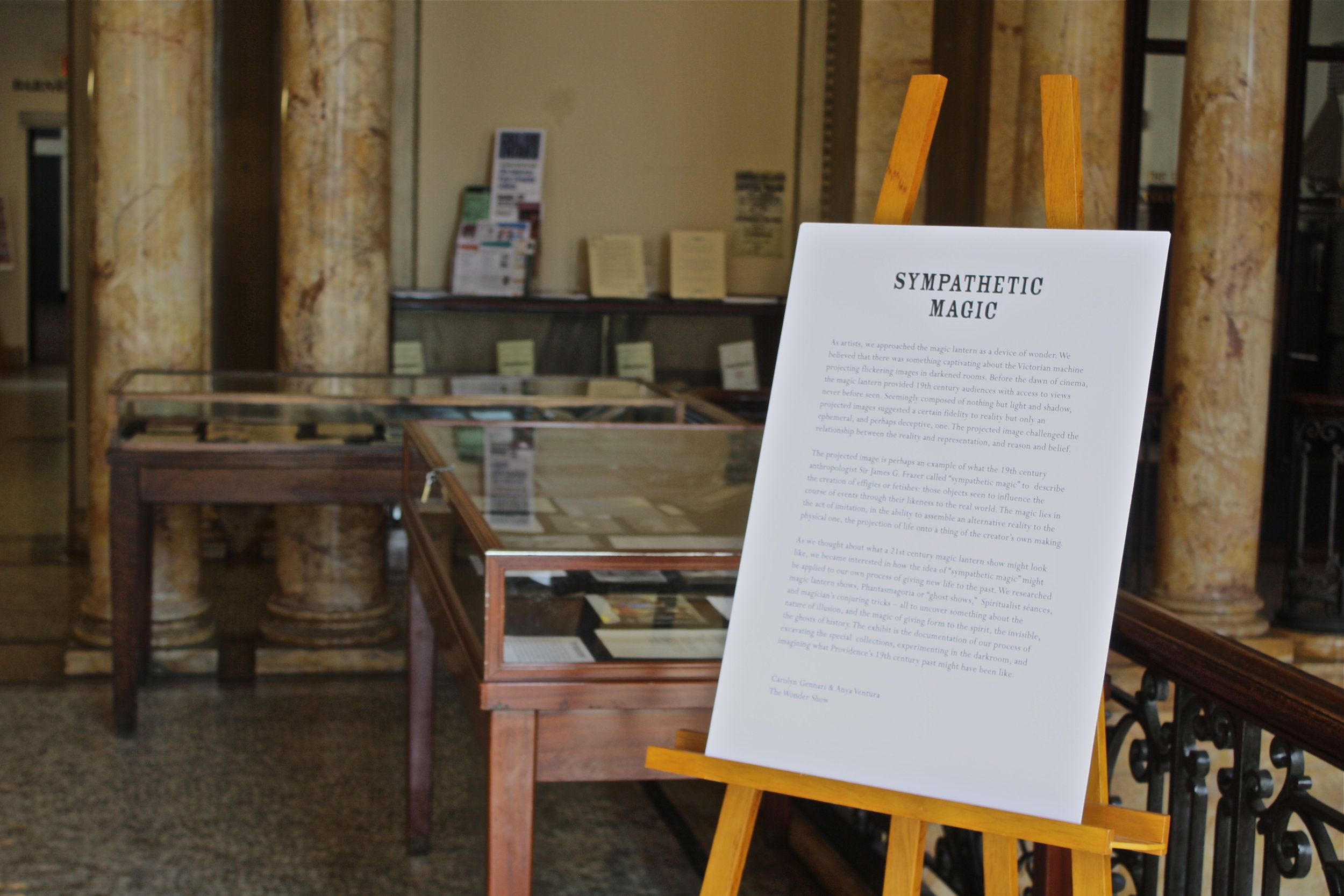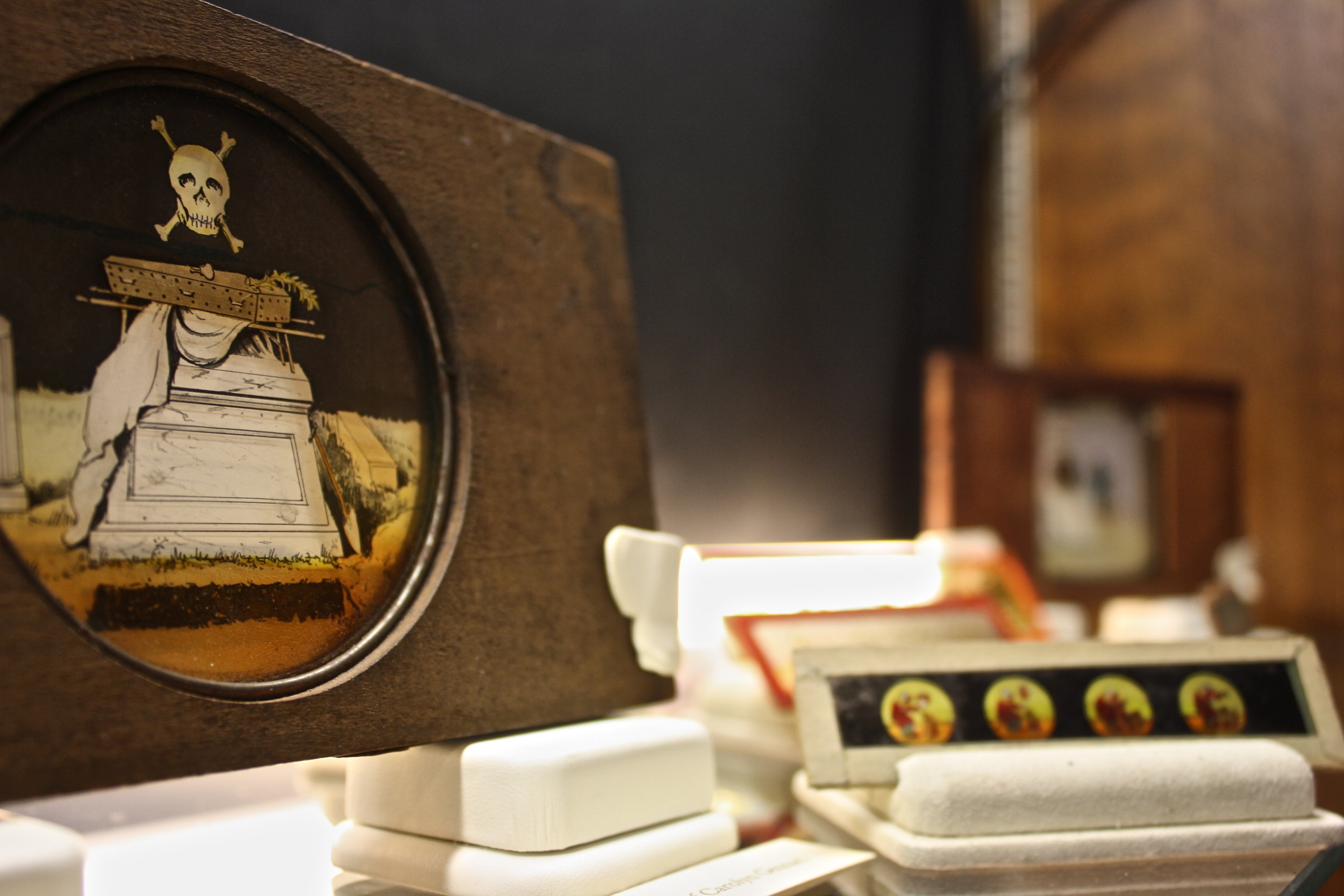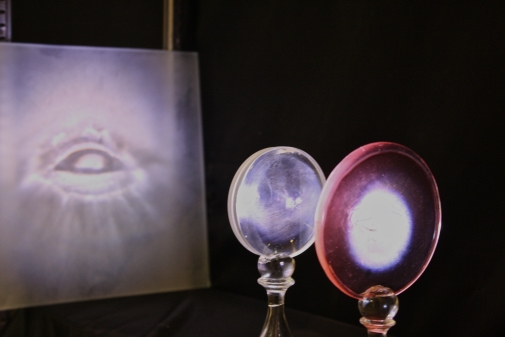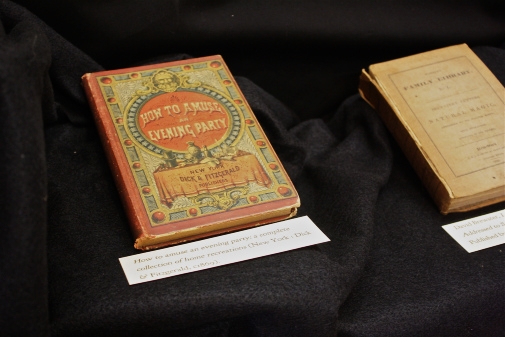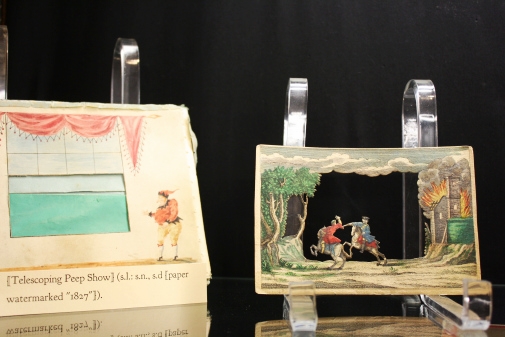Object Lessons, Recollecting Museum Histories at Michigan, 2017-18
Exhibit, website
Natural History Museum, University of Michigan, Ann Arbor, MI
Research assistant, exhibit design, website design and production: https://objectlessons.ummnh.lsa.umich.edu/
_____________________________
From exhibit:
The history of the modern research university is unthinkable without collecting. At the University Michigan, the first objects brought to campus in the late 1830s included a piece of copper from the Upper Peninsula, bird skins, an Anishinaabe canoe and pressed plants.
Today’s collections encompass over 25 million specimens and artifacts. As the last exhibition before the closing of the U-M Museum of Natural History in the Ruthven Museums Building, Object Lessons: Recollecting Museum Histories at Michigan activates the memory of the museums building and richly illustrates U-M’s lasting effort to build collections in support of its academic mission and for the public. Showcasing original objects dating from 1837 to the present, Object Lessons affords visitors a synthetic look at 200 years of collecting for science. Museum specimens, artifacts and documents from the archives bring into focus the University Museum’s importance to early state history, its first global collecting expeditions, the changing relationship between culture and nature, science and religion; and the transformation of research and collecting practices from the nineteenth to the twenty-first centuries.
Not all of U-M’s historical collections survive; the exhibition reflects this fact by focusing also on the life cycle of collections, on points of origin and decline, and on the shifting valorization of objects over time.Object Lessons draws on collections housed in the University’s research museums (Paleontology, Zoology and Anthropological Archeology), as well as the University Herbarium, the Museum of Natural History, the Stephen S. Clark Map Library, the Stearns Collection of Musical Instruments, the Bentley Historical Library and the U-M Library.

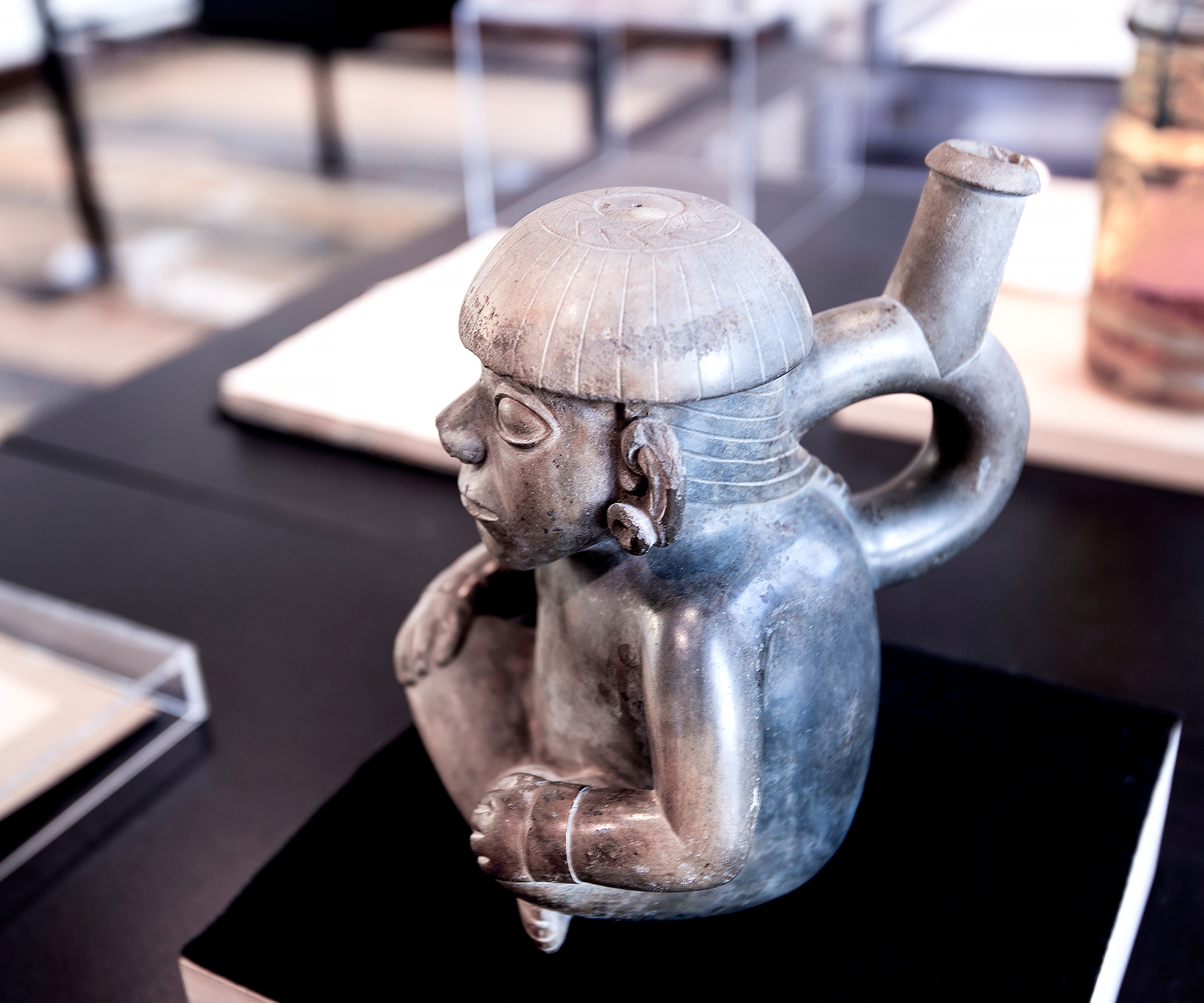
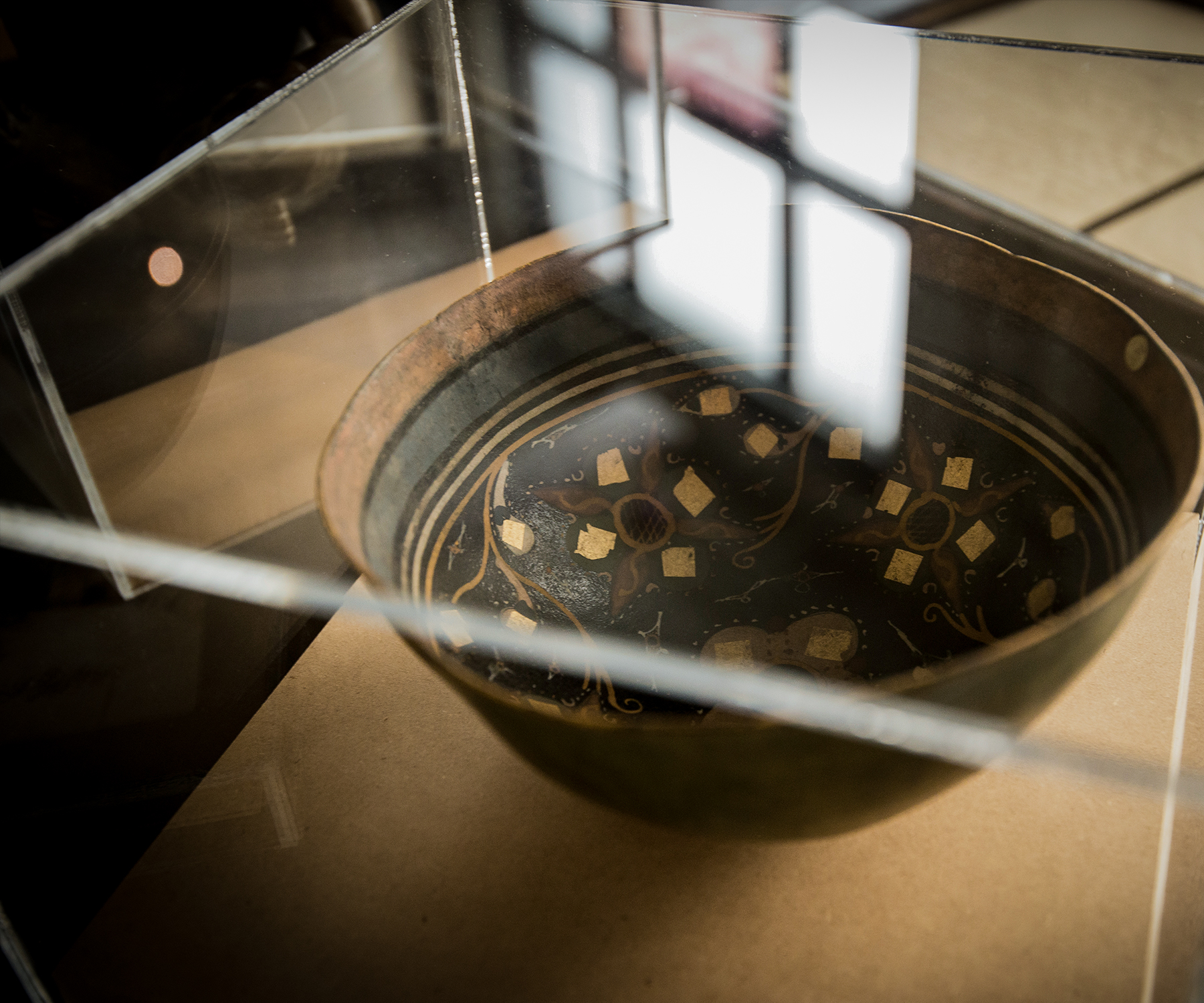
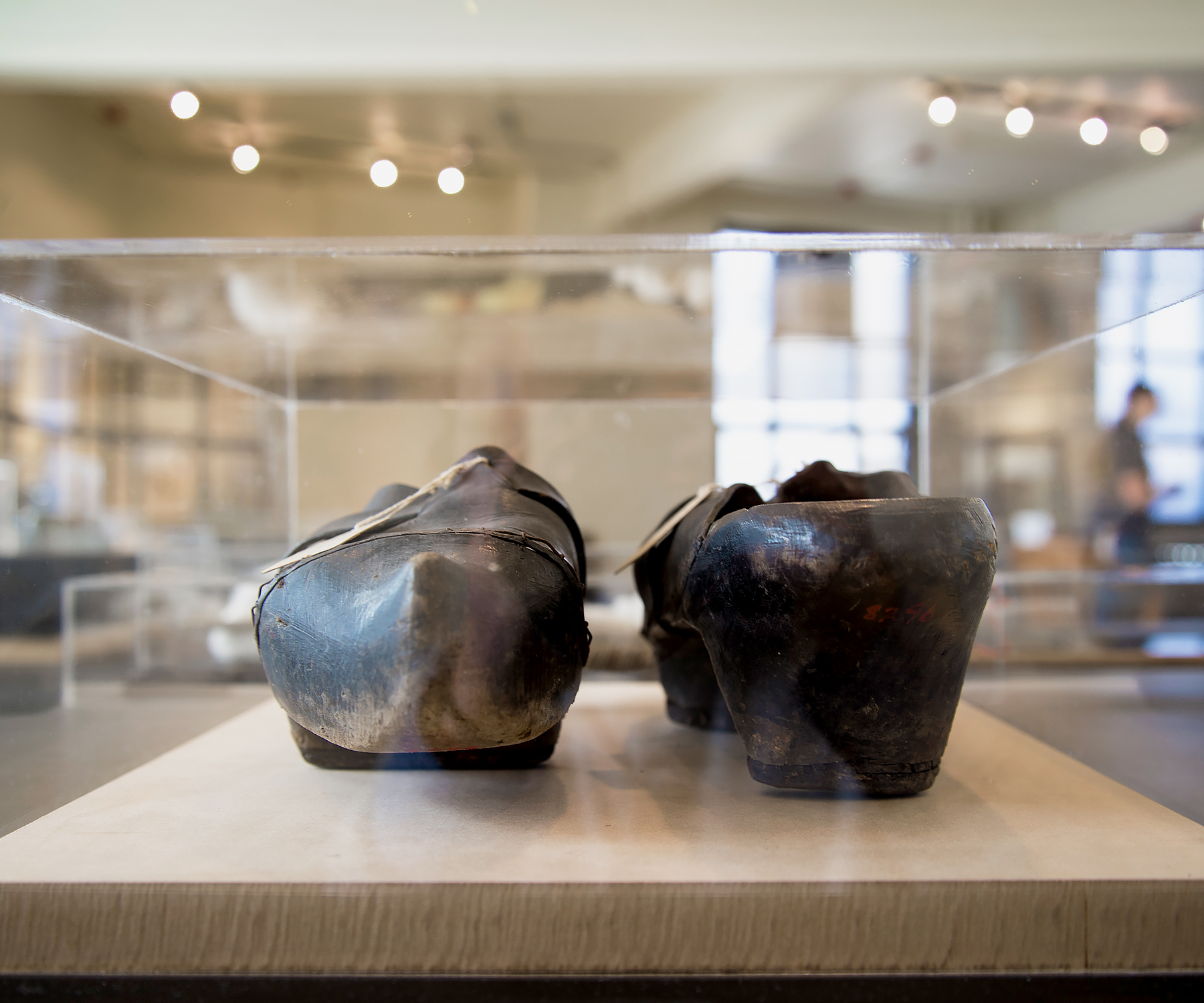
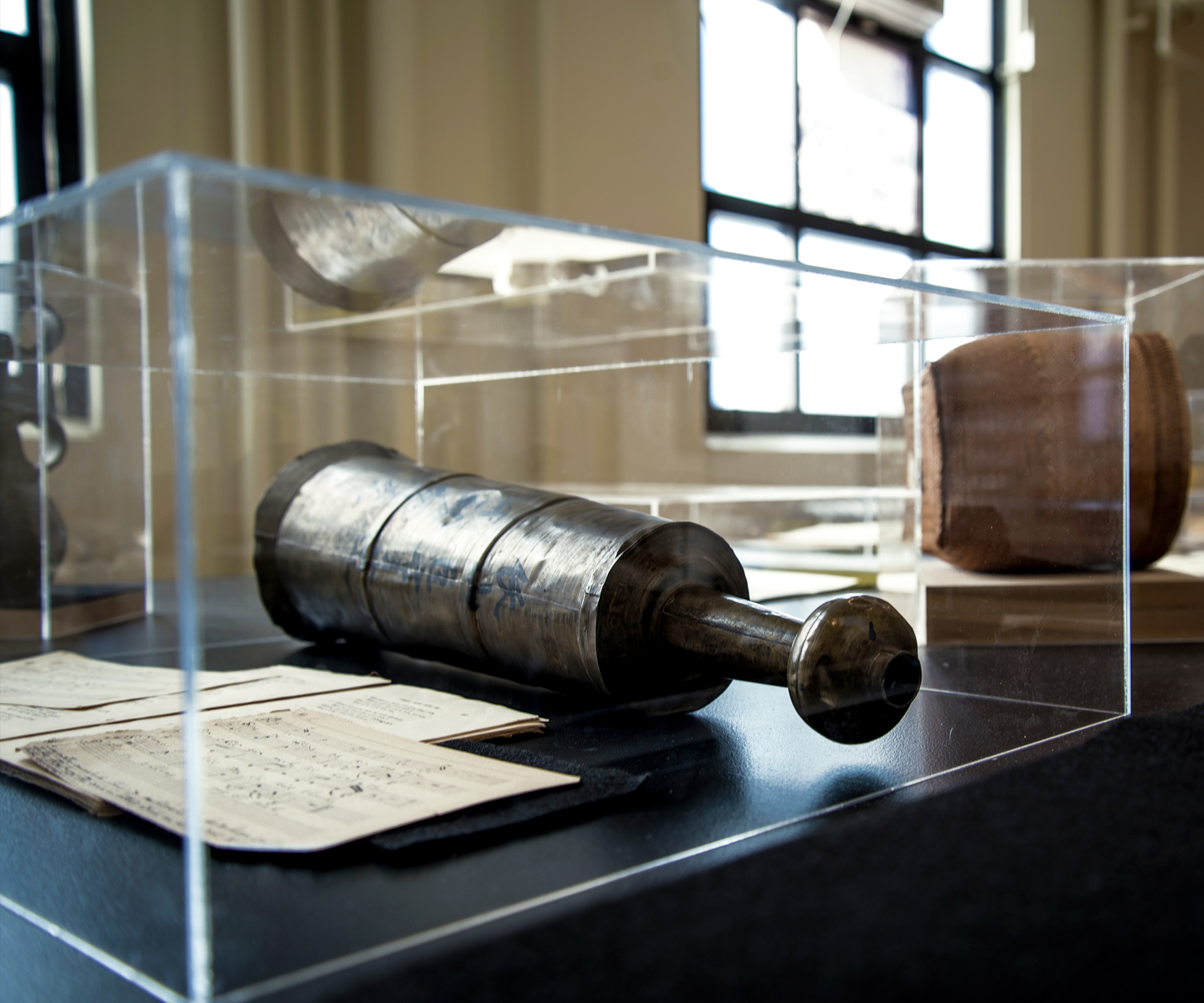


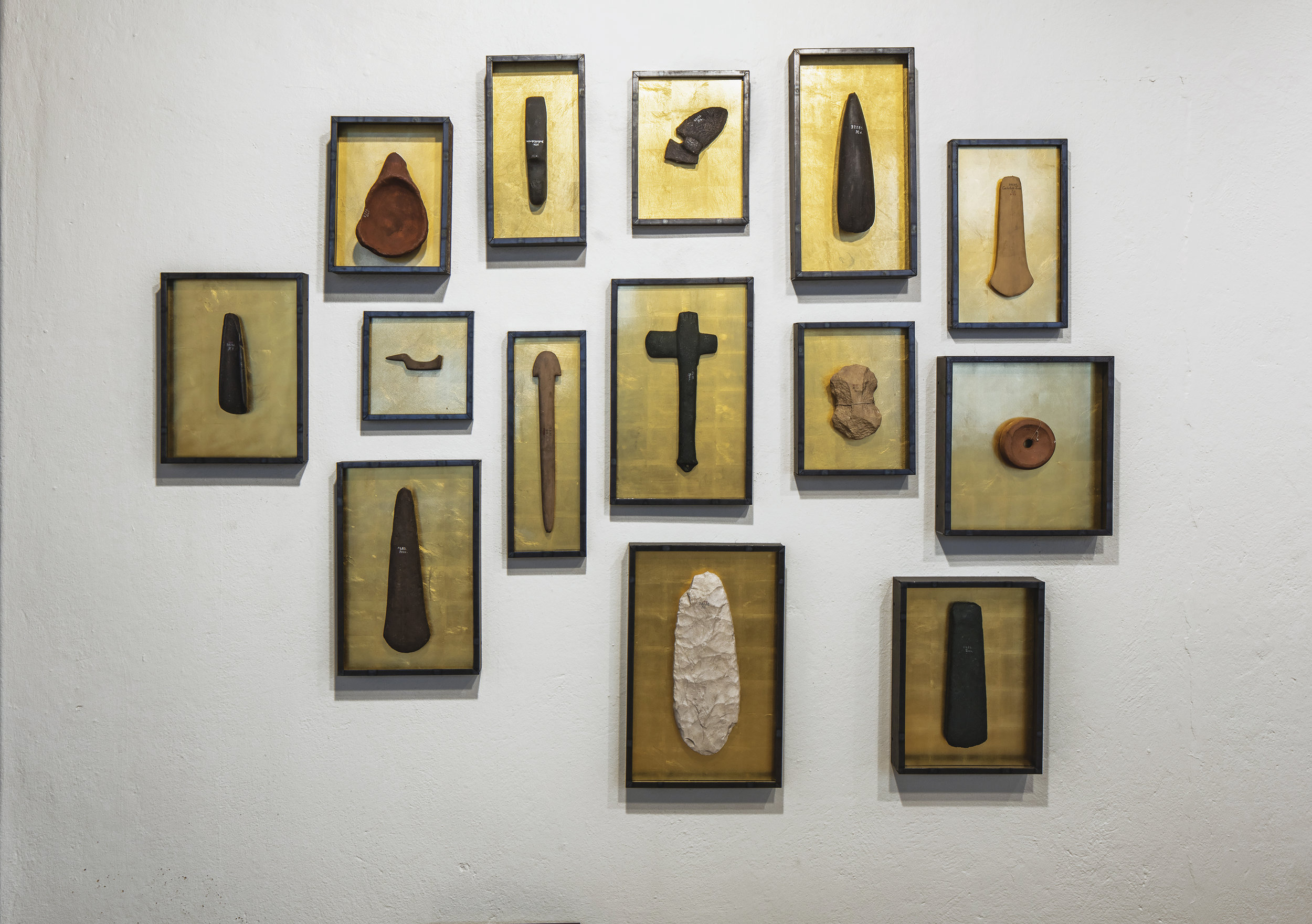
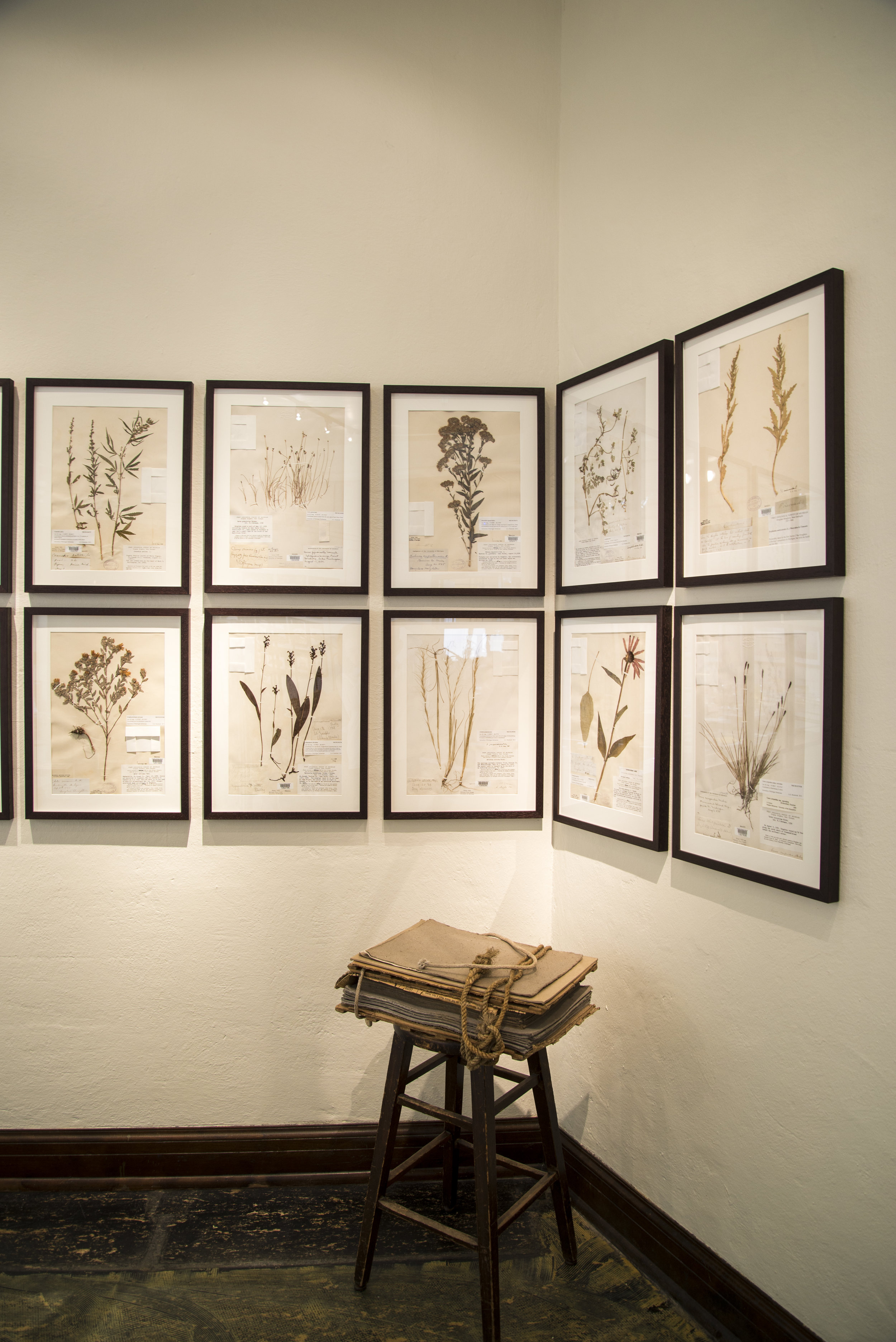
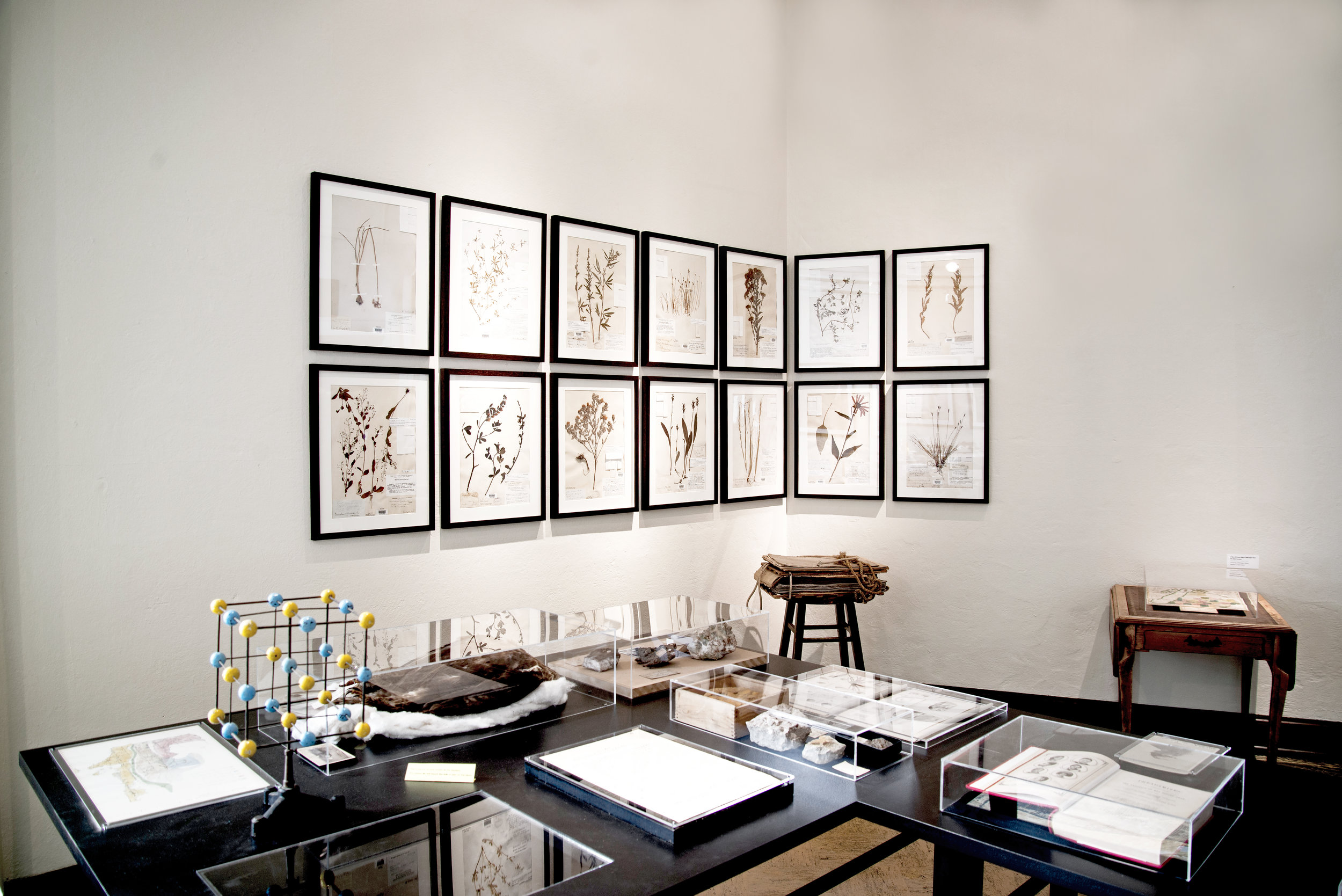
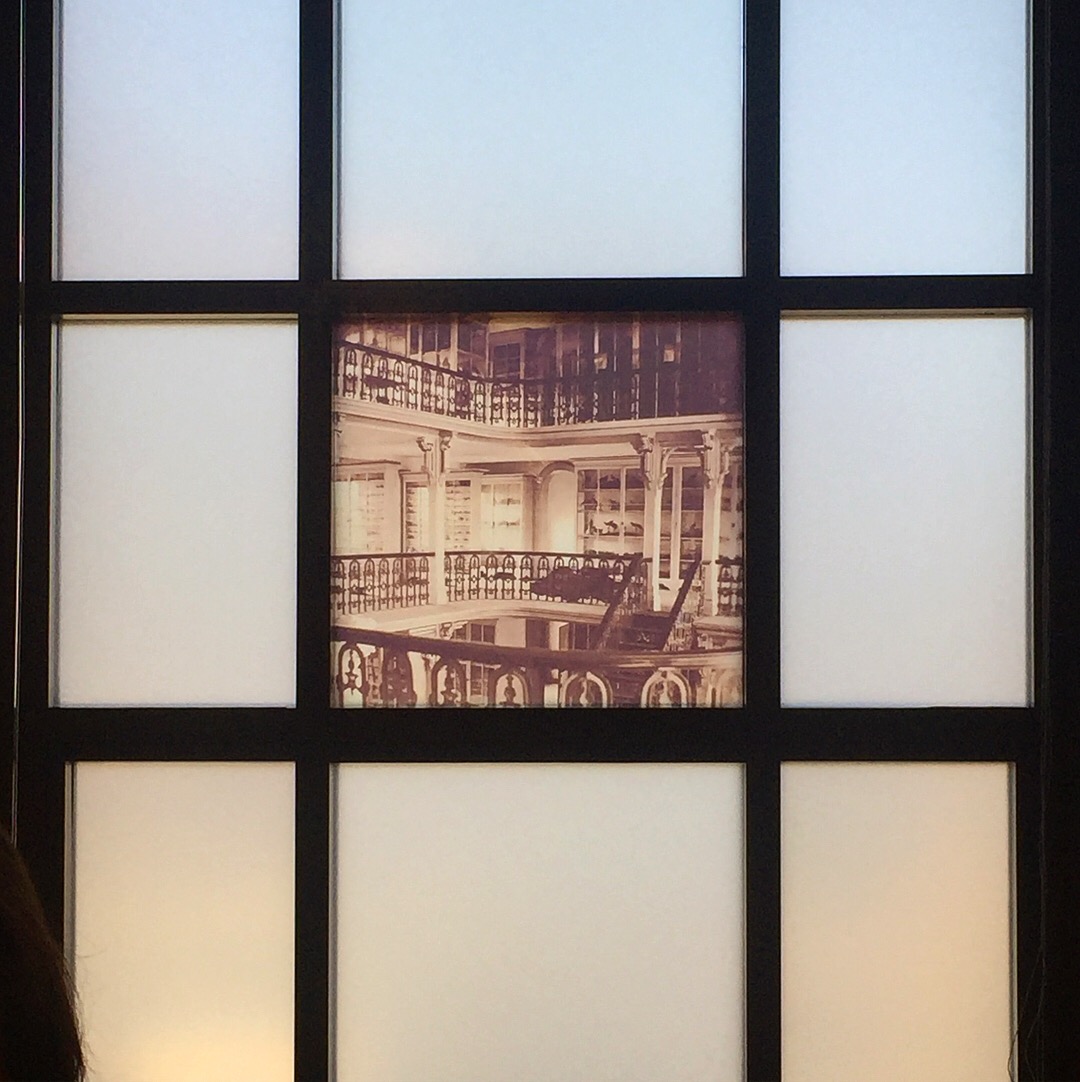
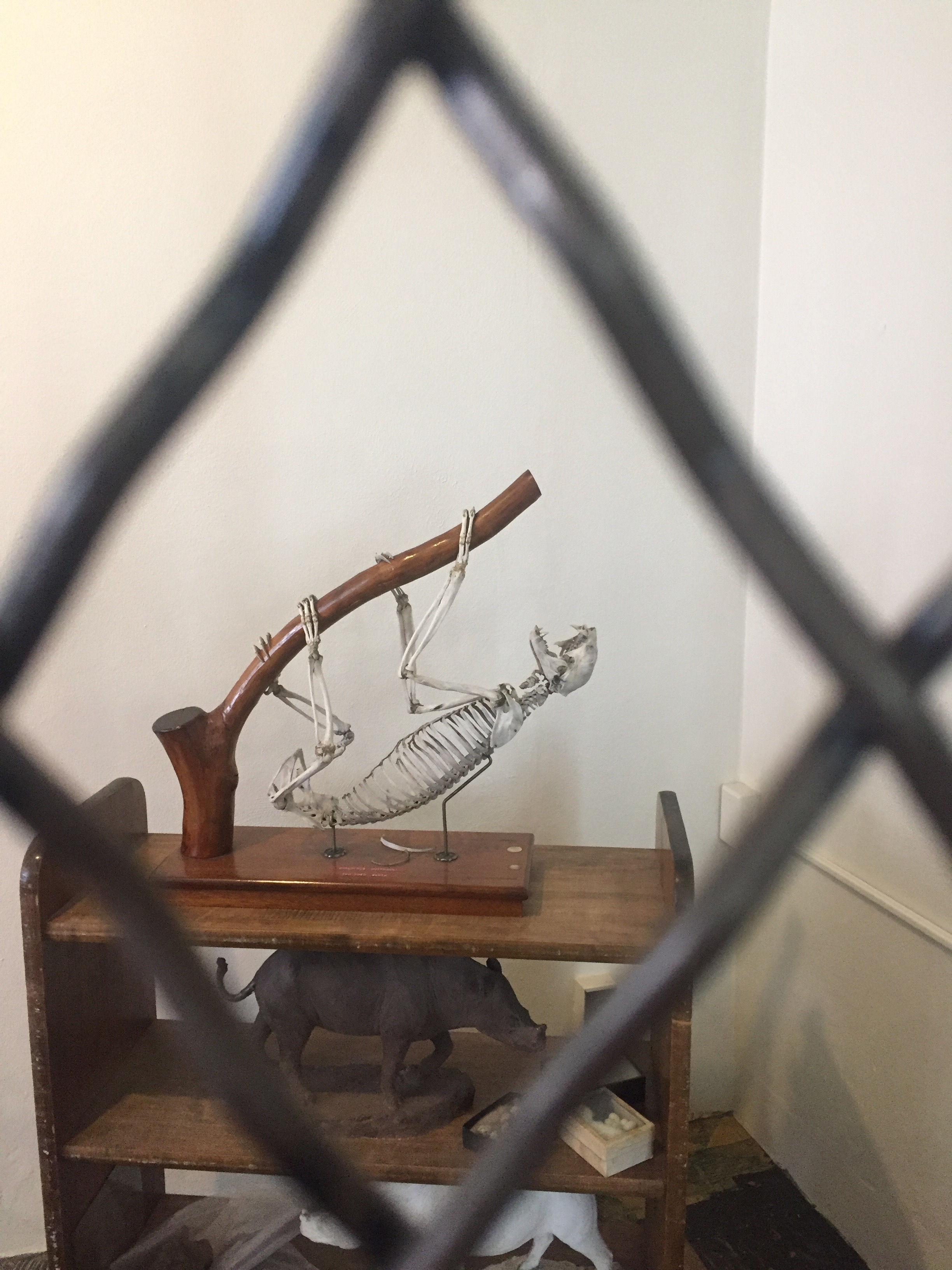

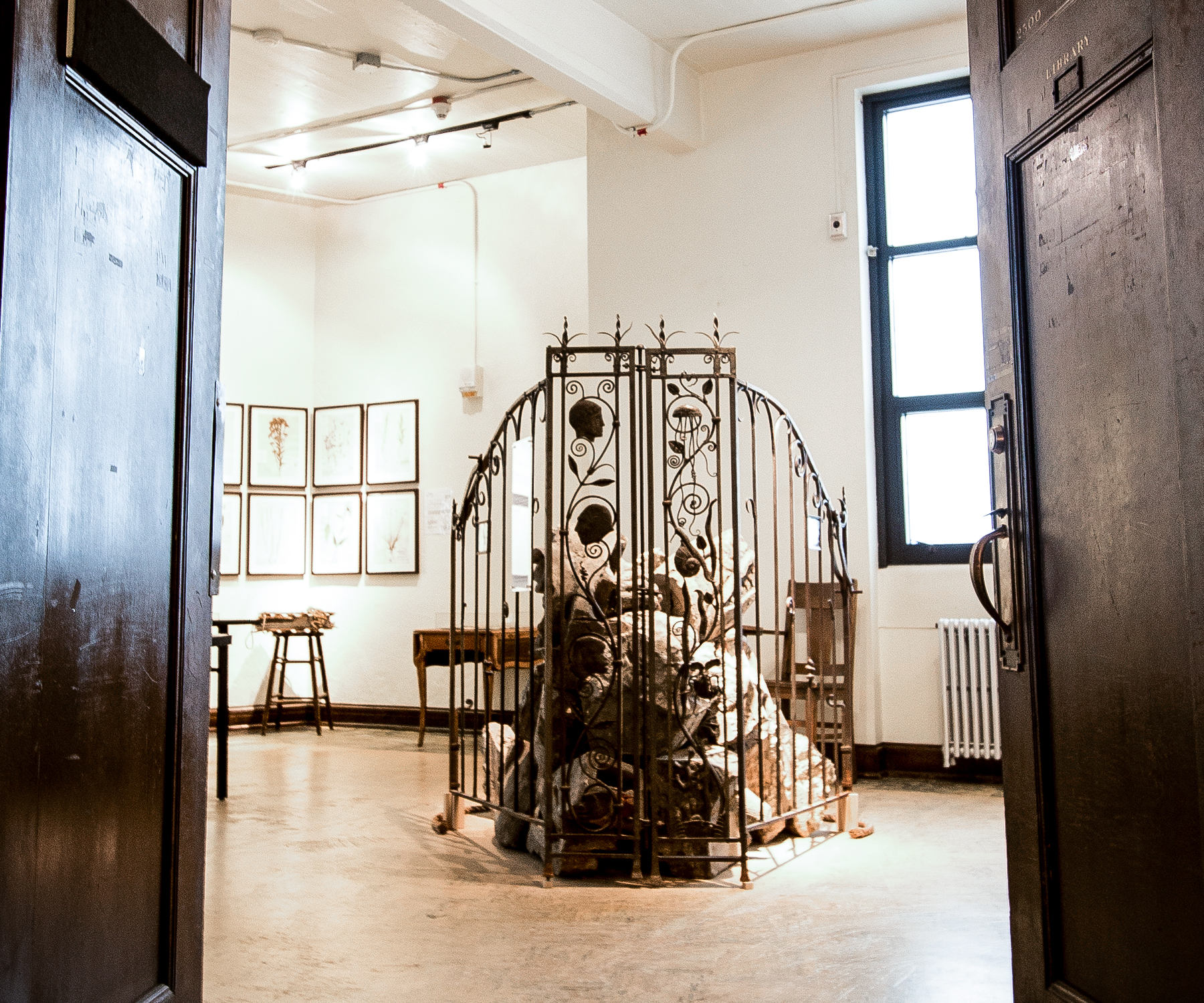
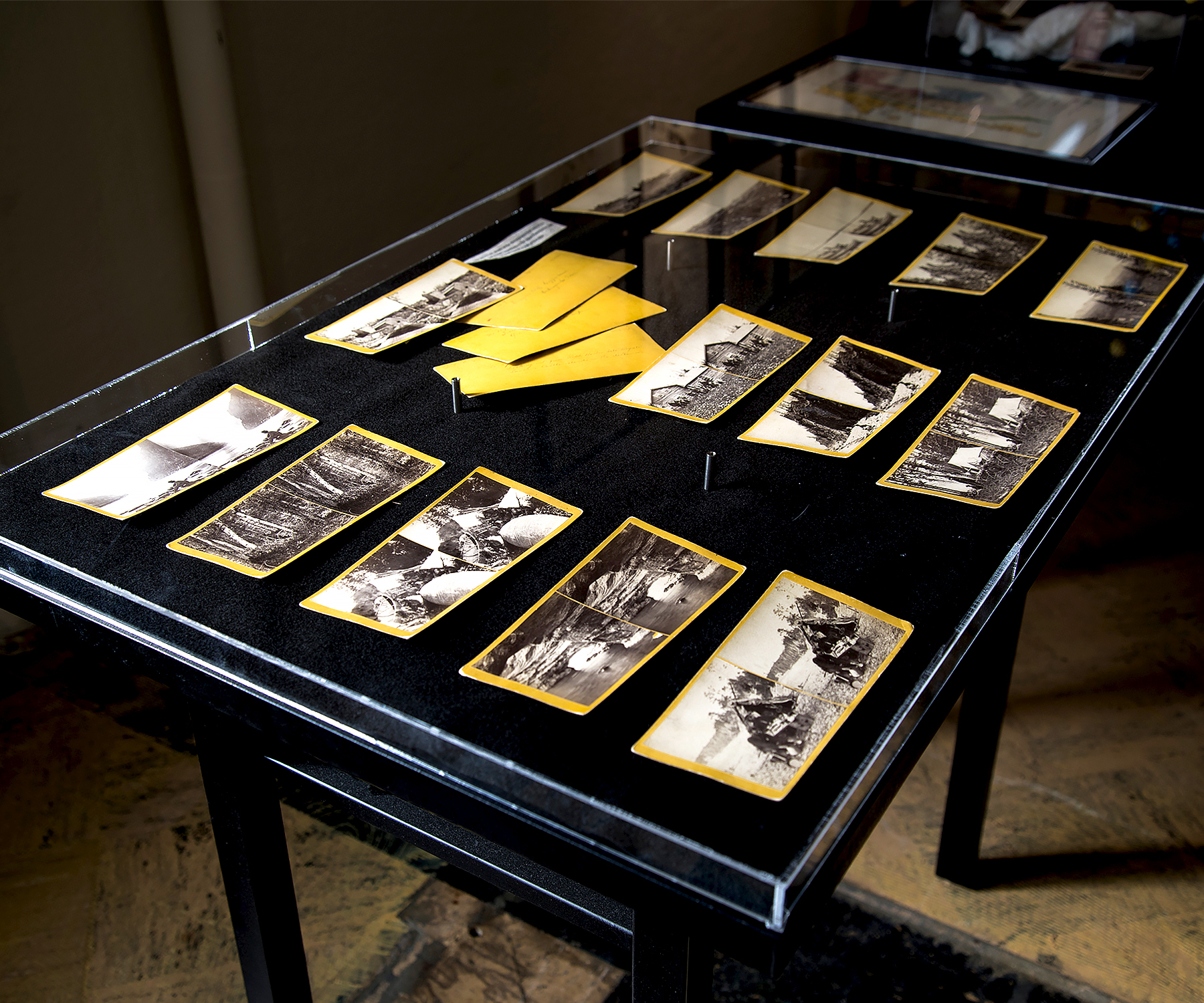
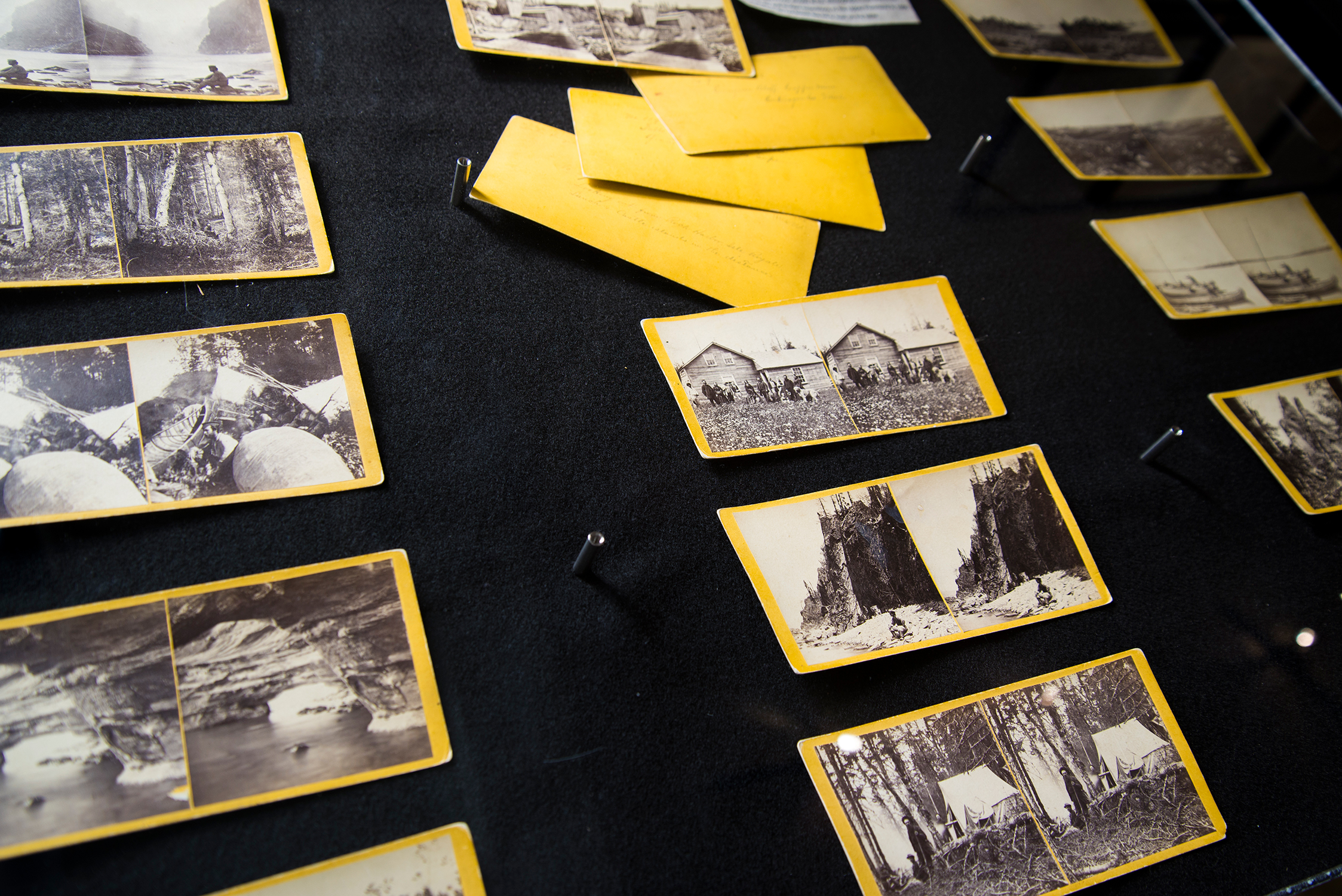
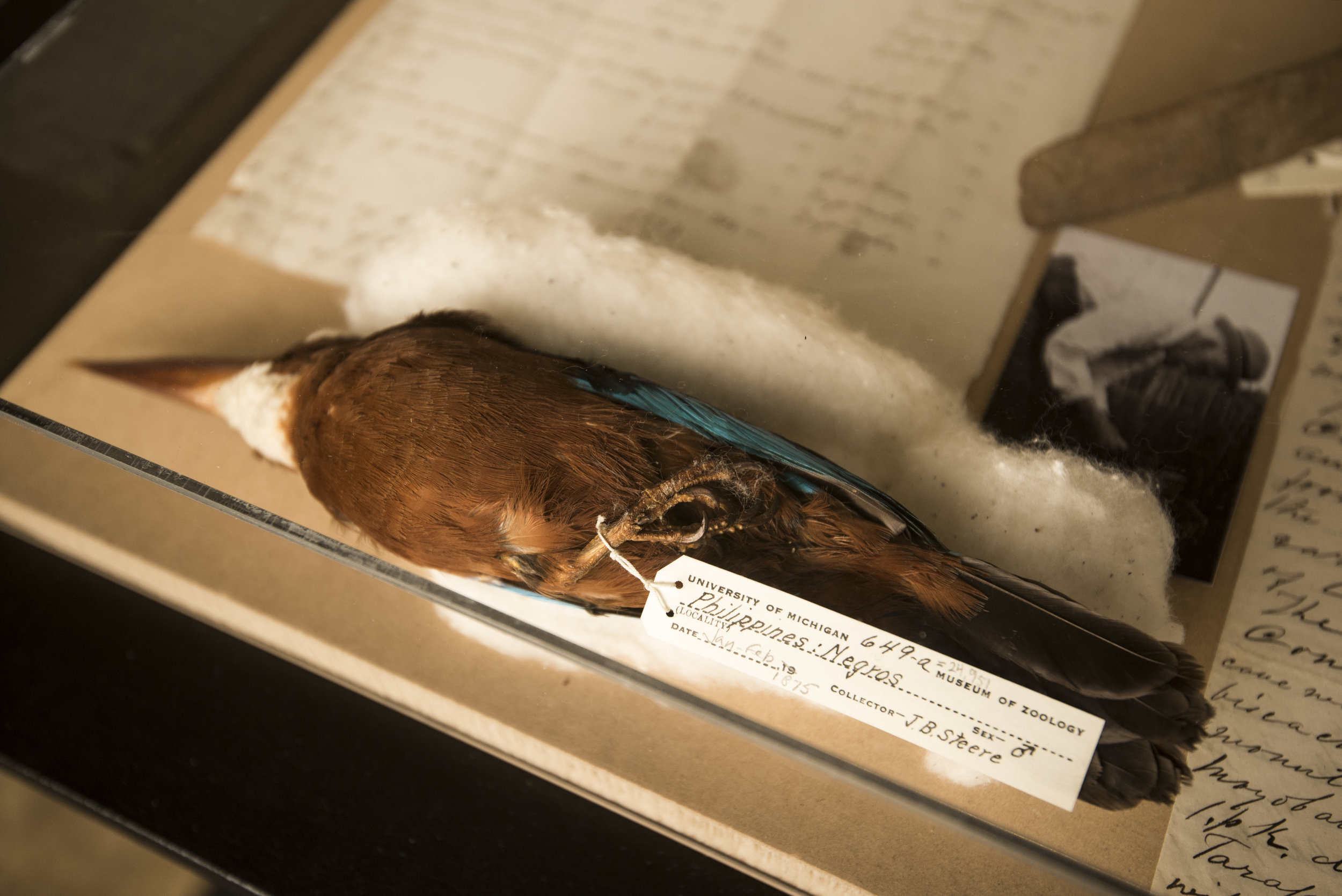
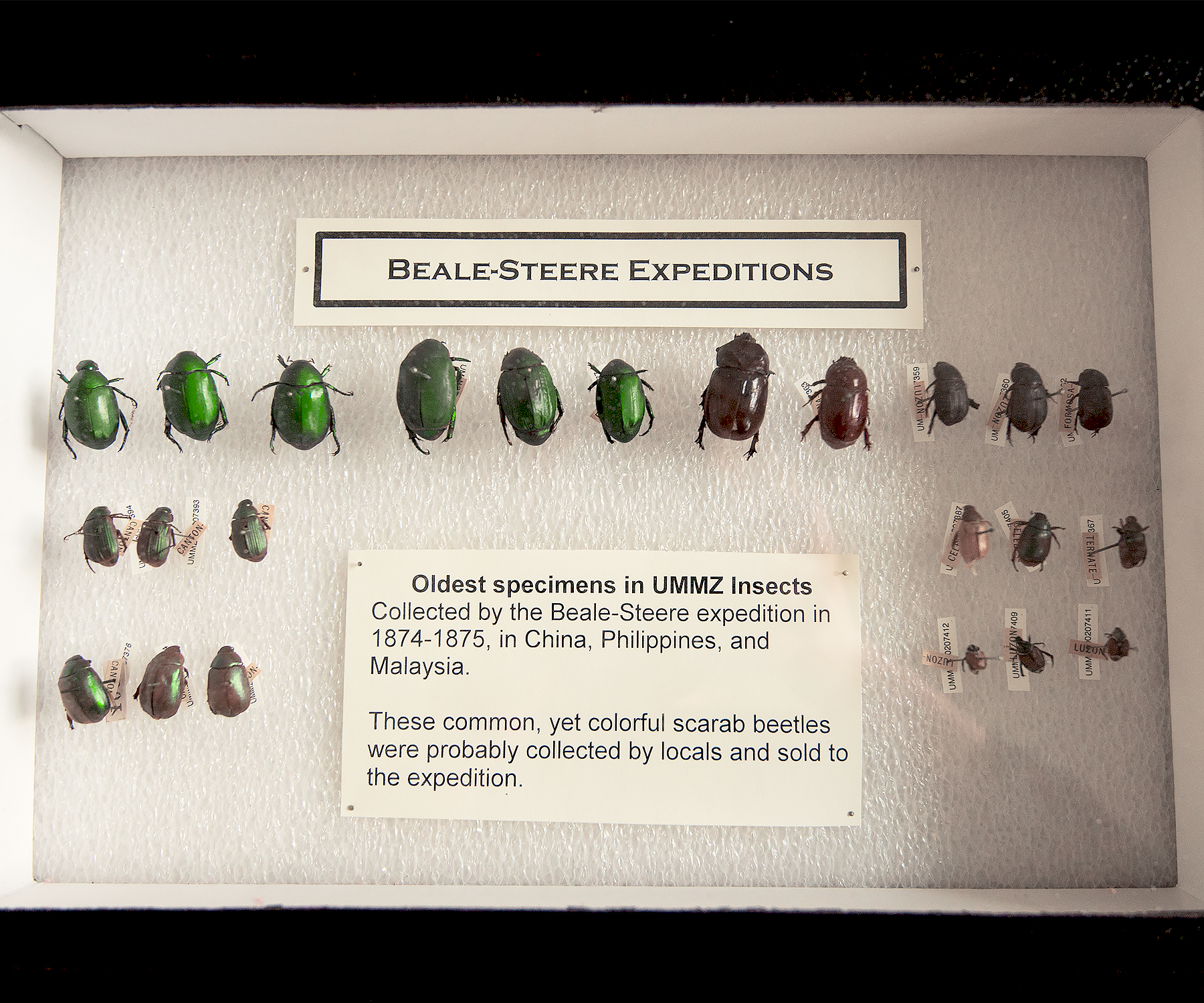
Humility in the Age of Self-Promotion , 2017
Colloquium
University of Michigan, Ann Arbor, MI
Research Assistant, program booklet design
_____________________________
From the colloquium:
What does it mean to “walk humbly” in this time of billionaire entrepreneurs, reality television, social media, and Donald Trump? This October, our group will host a colloquium on the nature of humility, its benefits and costs and its role “in the age of self-promotion.”
The colloquium will be held on the Michigan campus from October 20-21, and will be primarily a closed event with twenty-six individuals from within and outside the academy participating; invited guests include a philosopher who studies how students acquire values, a lawyer arguing for apologies to replace the “defend and deny” paradigm, a farmer who reflects on adaptive management to unpredictable circumstances, and an educator and writer organizing spaces to celebrate Black girlhood. On Friday evening, October 20, 2017, NY Times Op-Ed columnist Charles M. Blow will present a lecture on the topic of Donald Trump, arrogance/price, and American democracy.
After the colloquium, an anthology of essays from colloquium presentations will be published. Essays will be accompanied by graphic illustrations directed by Nick Sousanis, award-winning author of Unflattening, who completed his doctoral dissertation at Columbia University in comic book format.
Information about the anthology can be found here
The Museum of Vitreous Ecology: Blaschka Glass Models at Michigan, 2017
Dept. of Germanic Languages and Literatures, University of Michigan, Ann Arbor, MI
Exhibit designer
_____________________________
From exhibit:
The histories of art, nature and science meet in the glass models of Rudolf and Leopold Blaschka (1822–1895). The intricate creatures that first came to the University of Michigan 125 years ago have moved freely between these realms. They inspired students in the nineteenth century to further their studies in biology and struck a chord with visitors to the University of Michigan’s Museum of Natural History. In the late twentieth century new technologies of visualization and learning displaced most of the glass miniatures and they went into storage. This exhibit brings them back into public view.
Between 1862 and 1890, the father and son team designed 800 different marine invertebrate models. After 1890, the Blaschkas concentrated solely on a commission of an extensive array of glass plants, known as the “glass flowers,” for the Botanical Museum at Harvard University. The collection at the University of Michigan encompasses approximately 78 marine invertebrate models, many of which have only survived in fragments. The first group arrived in Ann Arbor in the late nineteenth century to support the “scientific apparatus” and teaching of biology. In 1928, a second set of glass specimens was brought to campus for the inaugural exhibition in the new University Museums building. All specimens seem to have been bestowed to the University as gifts from Louis Agassiz’s Blaschka collection at the Harvard Museum of Comparative Zoology.
To this day, some of these Blaschka marine invertebrate models remain on display to support the story of evolution as told in the Museum of Natural History in the Ruthven Museums Building. Not marked as historical artifacts, they blend in with plastic models that have followed the Blaschkas’ lead in illustrating systematic biology.
The Museum of Vitreous Ecology exhibits all remaining glass models not on permanent display. In their fragmented state, these objects no longer capture the physiological complexity of marine invertebrates toward which the Blaschkas’ exhaustively strove. Instead, transformed into witnesses of the history of science and collecting at the University of Michigan and beyond, these fragments open up new elusive worlds. Enter The Museum of Vitreous Ecology: an aquarium of the novel life forms that emerge from the fragile enterprise of biological representation and the inevitable decay of old technologies of research.
A Peep at the Arctic: Visions of Polar Exploration, 1818-1909 , 2014
Exhibit, lecture
Co-curator
Providence Athenaeum, Providence, RI
_____________________________
From exhibit:
The Travel and Exploration Collection is one of the most significant holdings in the Special Collections at the Athenaeum with over 75 titles on the Polar Regions. This exhibition showcases Arctic imagery of journeys to discover the Northwest Passage, voyages to find the 1845 lost expedition of Captain John Franklin, attempts by explorers to reach the North Pole, and books about the Inuit inhabitants and zoology of the Arctic. The exhibition is enhanced by the amazing materials on loan from the private collection of Professor Russell Potter, Rhode Island College, that include two original 19th century lantern slides of scenes based on illustrations directly from Dr. Elisha Kent Kane’s second voyage to locate Captain Franklin in 1855.
Highlighted in the exhibit are the journals of Captain William Parry’s three voyages to discover the Northwest Passage and his shipboard publication The North Georgia Gazette and Winter Chronicle from the 1820s. The shipboard newspaper was created to entertain the Arctic explorers while they wintered aboard ship, locked in by ice for ten months, two of which were in total darkness. Musical and theatrical entertainments were performed on board every fortnight at the Arctic Theatre Royal, and were documented in the Gazette along with the reviews. These Special Collections materials were the chief inspiration for a special collaboration with Providence artist, lanternist and founder of the Wonder Show, Carolyn Gennari. When Gennari learned that Parry’s second voyage was equipped with a magic lantern, she felt compelled to develop a Wonder Show on the topic.
-Kate Wodehouse, Special Collections Librarian




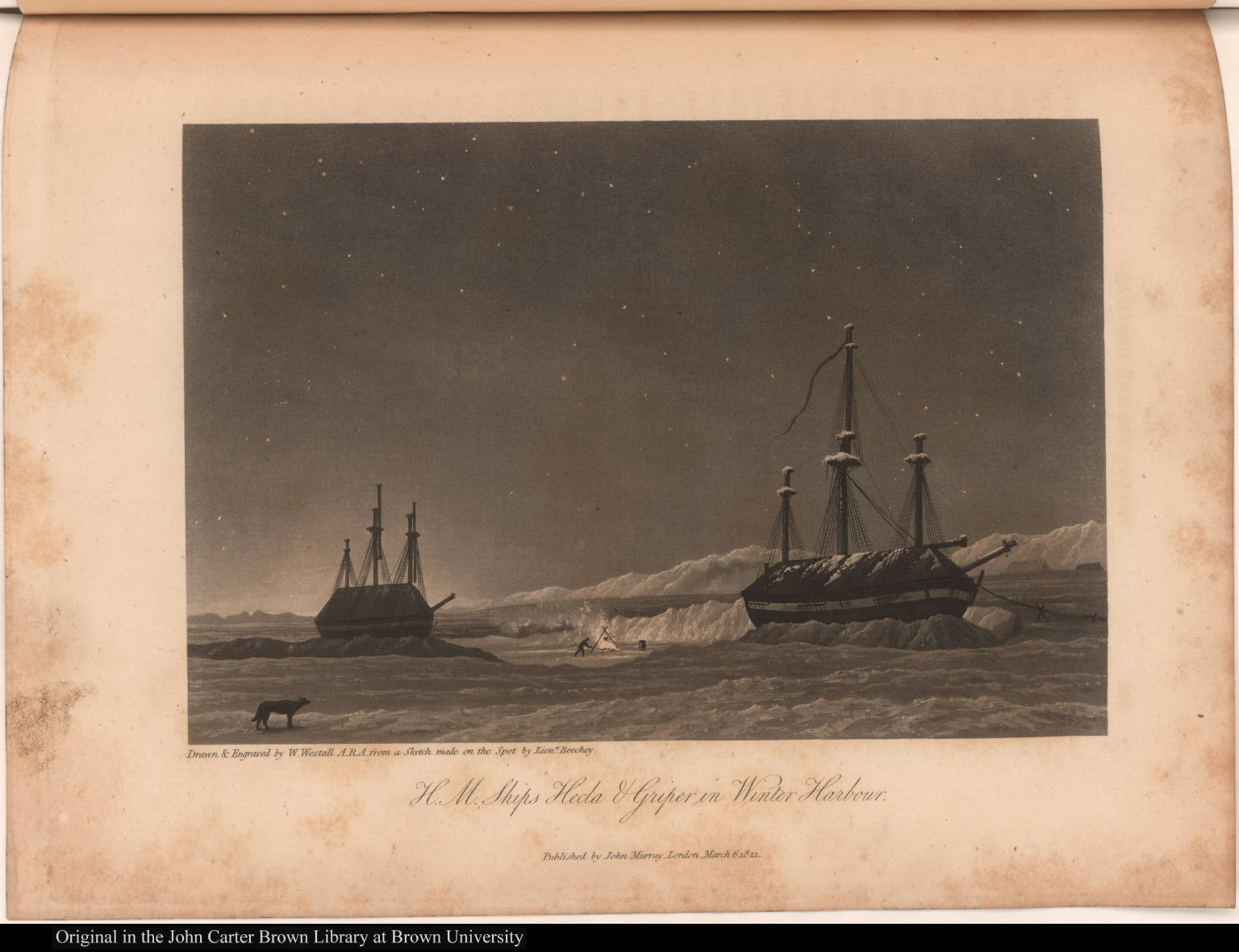
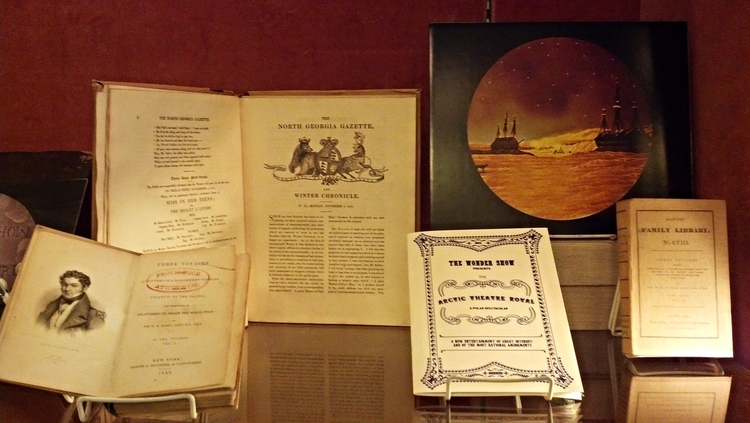
Sympathetic Magic
2012
Providence Public Library
Co-curator
Accompanying the performance of Strange Sights and Untold Stories, The Wonder Show curated an exhibit within the Providence Public Library's special collections. On display were materials from the Library's Percival Magic Collection, documentation of the process of our project, and antique optical devices. Below is the Introductory text to this show:
As artists, we approached the magic lantern as a device of wonder. We believed that there was something captivating about the Victorian machine projecting flickering images in darkened rooms. Before the dawn of cinema, the magic lantern provided 19th century audiences with access to views never before seen. Seemingly composed of nothing but light and shadow, projected images suggested a certain wavering faithfulness to reality but only an ephemeral, and perhaps deceptive, one. The projected image challenged the relationship between the seen and unseen, reality and representation, and reason and belief.
The projected image is perhaps an example of what the 19th century anthropologist Sir James G. Frazer called “sympathetic magic” to describe the creation of effigies or fetishes: those objects seen to influence the course of events through their likeness to the real world. The magic lies in the act of imitation, in the ability to assemble an alternative reality to the physical one we've been presented, the projection of life onto a thing of the creator’s own making.
As we thought about what a 21st century magic lantern show might look like, we became interested in how the idea of “sympathetic magic” might be applied to the idea of art-making itself. We researched magic lantern shows, Phantasmagoria or “ghost shows,” Spiritualist séances, and magician’s conjuring tricks – all to uncover something about the nature of illusion, and the magic of giving form to the spirit, the invisible, the ghosts of history. The exhibit is the documentation of our process of excavating the special collections, experimenting in the darkroom, and imagining what Providence’s 19th century past might have been like. After all, the artist is also a type of conjurer, calling up enchanting illusions that can fade as quickly as they appear.
-Anya Ventura & Carolyn Gennari
a link to the online version of this exhibit can be found here.
